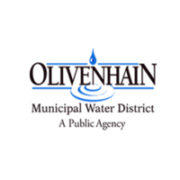The Long and Winding Road of Salmon Trucking in California
Trucking juvenile hatchery salmon downstream is often used in the California Central Valley to reduce mortality during their perilous swim to the ocean. But is it all good? Researchers at UC Berkeley, UC Davis, UC San Francisco and NOAA Fisheries published an article in Fisheries this month exploring the history and implications of salmon trucking in a changing climate.



